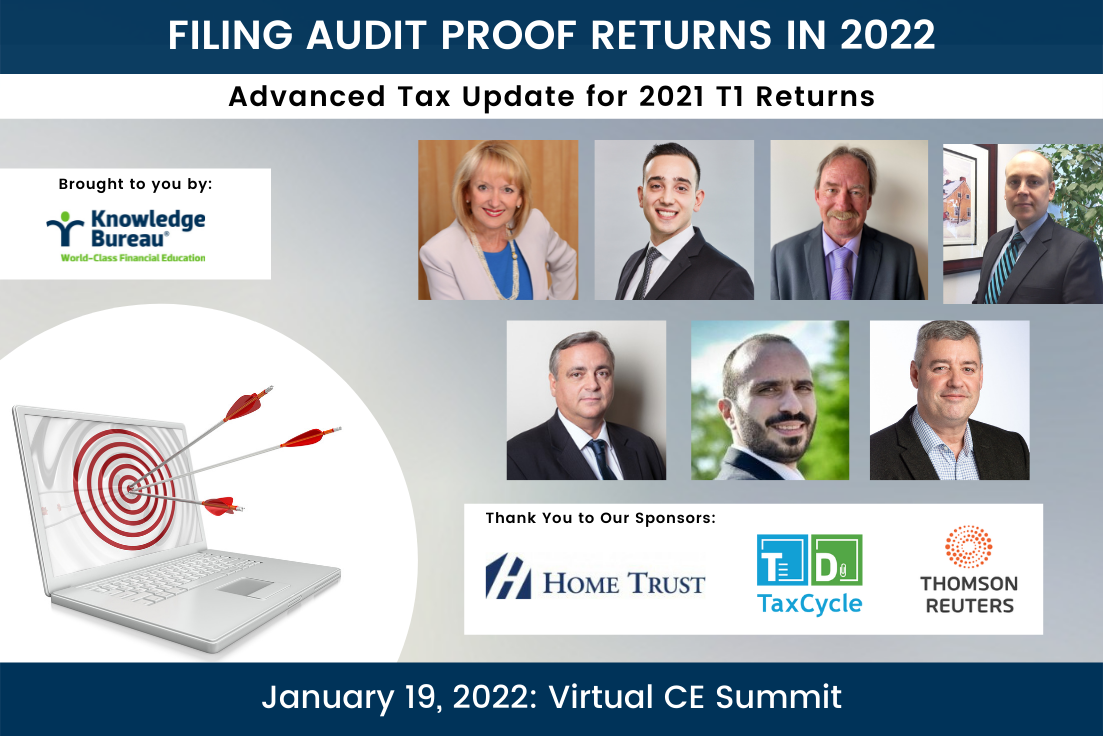It doesn’t stop there.The auxiliary forms – and there are many of them – provide detailed instructions and they are a big job to get through.Professionals know of many great examples: Form T1206 Tax on Split Income, T1M Moving Expenses or form T778 Child Care Expenses and certainly one of the most commonly missed, the T2201 Disability.
It’s a lot to know. But it is the Disability Tax Credit form, that caused me to pause and reflect. For 2021 tax filings, eligibility for the tax credit contains a host of new afflictions. Yet none of this new information yet appears on the current form, a 16-page endeavor.
Twelve of those pages must be completed by often-overwhelmed medical professionals, made worse, given the rage of the pandemic these days. Either a medical doctor or nurse practitioner who can complete any of the sections; specialists like Optometrists or Occupational Speech Language therapists need to complete the form based on those specific afflictions.
CRA suggests that Form T2201 should be completed in advance of filing a tax return in order for the client to mitigate delays in receiving the large refund associated with this provision.
But, how reasonable is it to expect these very busy, front-line medical professionals to have the time to complete this lengthy form correctly, let alone take the time to learn the new rules and then apply them retroactively to conditions that began in 2021? It is a tall order. It takes a special kind of passion and commitment to find the time to do that.
From a client’s perspective, it can also require a fee to get the job done (this, by the way, qualifies for a medical expense tax credit, so it’s important to get and keep receipts for the costs), plus a visit to a medical office which may not be ideal, as omicron rages.
The fact that most of this work can now be done digitally, including the completion of the form by medical practitioners – seems like a better option . However, the devil is in the details: the digital information will not be stored for example, so it’s important for the medical practitioner not to make mistakes in completing the form and communicate the outcomes to the client.
But there is another wrinkle: if your client has any of the new qualifying conditions – certain mental health conditions for example – it is quite possible additional details that may not appear on the current form may be required. A post-assessment audit or adjustment may be required.
Complying with tax law that is this onerous – whether you are a medical practitioner, a tax or financial advisor or the taxpayer – is a big burden, especially when it’s something you do only once a year. Could there be a better way?
What’s Your Take? Teaching tax law and its applications is all about the right outcomes, and we are proud to do this with you. Your role in the community may well be to do more of it, too, in order to help your clients and other non-financial professionals, to get tax compliance right. What’s your take on the matter?